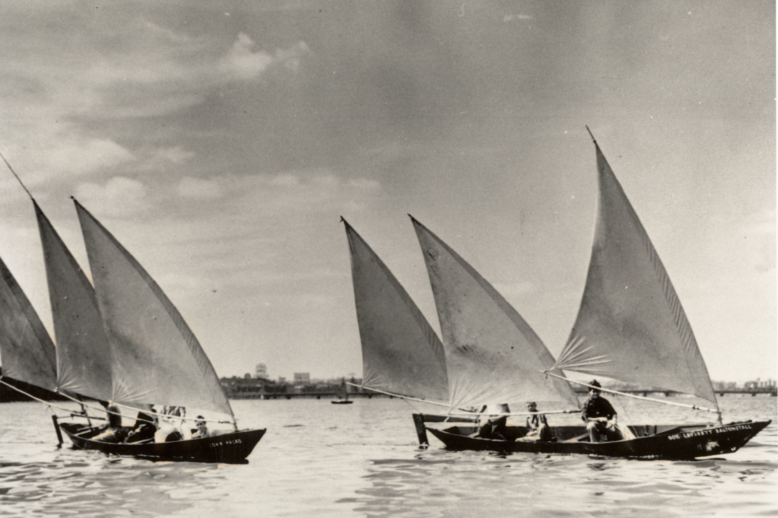Topic: Neighborhood Life
Street corner society, urban villagers, peer group society, life in the immigrant era
Rose Berger Kubitsky immigrated to the West End from Poland in the early twentieth century. In the 1930s she founded “Berger’s Deli.” On Leverett Street, the deli was known by West Enders as “Berger’s Bar” because it evolved into a tavern, where Kubitsky simultaneously worked as owner and bouncer.
Fanny Goldstein, as head librarian of the West End Branch library from 1919 to 1957, bridged the West End’s diverse communities through literary exhibits and events such as “Jewish Book Week.” Goldstein, who immigrated from Russia as a young child and resided on Joy Street, was a true West End community leader.
George Washington Forbes was hired by the West End Branch of the Boston Public Library when it opened in 1896, and thus became the first Black librarian working in the BPL system. At the West End Branch, Forbes served the neighborhood’s Black and Jewish communities until his passing in 1927.
The Hotel Waterston, built in 1874 through a remodeling and expansion of the Charles Bulfinch House on 8 Bulfinch Place in the West End, maintained Bulfinch’s facade while adding additional stories. The Waterston had many prominent guests, including Walt Whitman, during the late nineteenth century, and the hotel stayed in business until it was demolished by urban renewal in 1961.
Chinese immigrants owned and operated laundries in the West End during the nineteenth and early twentieth centuries, an under-emphasized aspect of the historic neighborhood’s multi-racial and multi-ethnic diversity.
In the early twentieth century, the West End House hosted debates between high school literary societies on controversial and important issues. The debates were judged by lawyers and educators in Boston and adopted the format of competitions at the collegiate level.
Far from their country of origin, Ukrainian immigrants and their descendants in the West End maintained connections and advocated for justice in their mother country.
Joseph Lee, Jr. founded the “Community Boat Club” in 1937 so that West End youth could sail out from the Charles River Esplanade. Community Boating, Inc. was officially incorporated in 1946, and remains the oldest continuously operated public boating organization in the United States.









